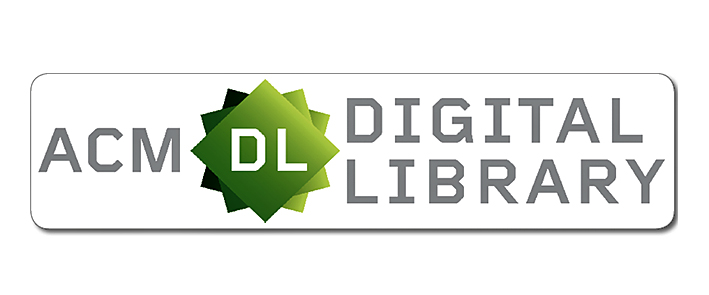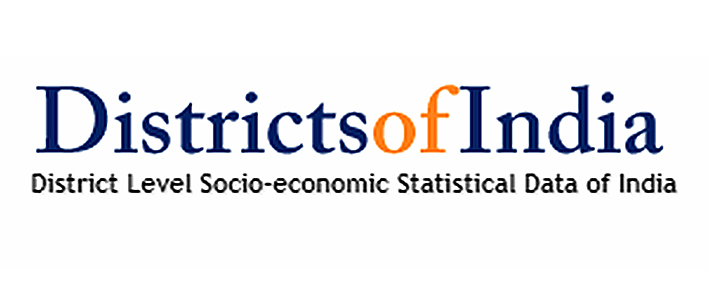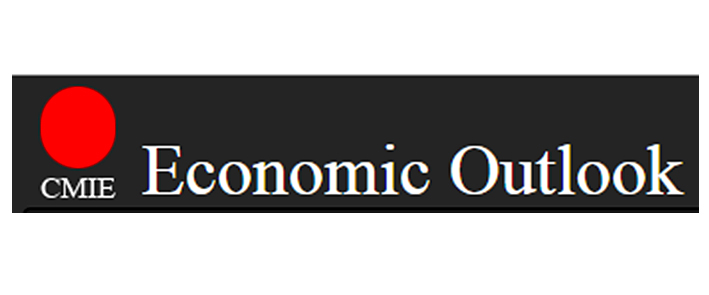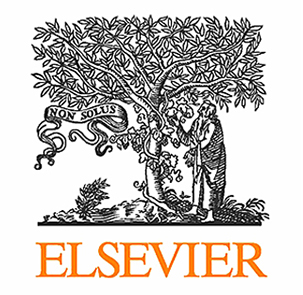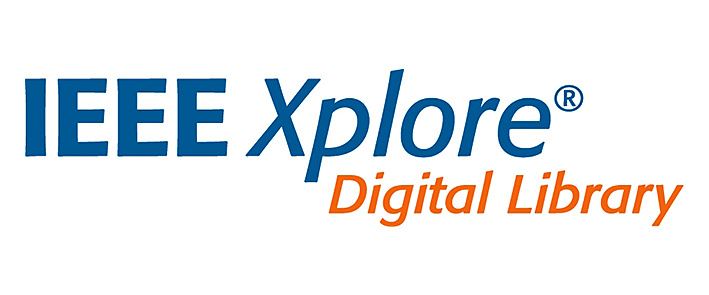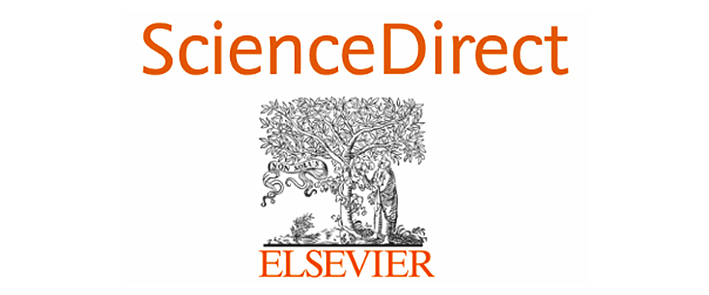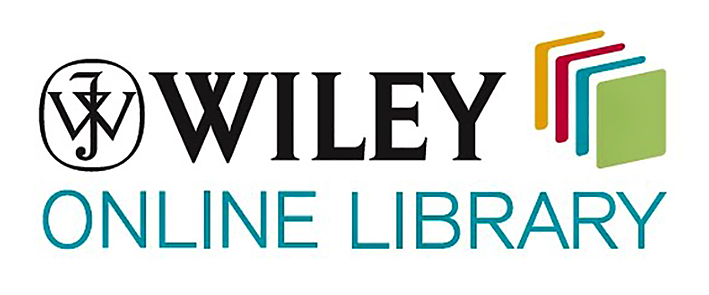| 000 -LEADER |
|---|
| fixed length control field |
03880nam a22003014a 4500 |
| 003 - CONTROL NUMBER IDENTIFIER |
|---|
| control field |
IN-MiVU |
| 005 - DATE AND TIME OF LATEST TRANSACTION |
|---|
| control field |
20240715132846.0 |
| 006 - FIXED-LENGTH DATA ELEMENTS--ADDITIONAL MATERIAL CHARACTERISTICS |
|---|
| fixed length control field |
a||||go|||| 00| 0 |
| 007 - PHYSICAL DESCRIPTION FIXED FIELD--GENERAL INFORMATION |
|---|
| fixed length control field |
cr |||aaaaa |
| 008 - FIXED-LENGTH DATA ELEMENTS--GENERAL INFORMATION |
|---|
| fixed length control field |
240715s2014 xxka gob 001 0 eng d |
| 020 ## - INTERNATIONAL STANDARD BOOK NUMBER |
|---|
| International Standard Book Number |
9780191788291 |
| Terms of availability |
GBP238.05 |
| Qualifying information |
(e-book) |
| 024 7# - OTHER STANDARD IDENTIFIER |
|---|
| Source of number or code |
DOI: |
| Standard number or code |
https://doi.org/10.1093/acprof:oso/9780199539543.001.0001 |
| 040 ## - CATALOGING SOURCE |
|---|
| Language of cataloging |
eng |
| Transcribing agency |
IN-MiVU |
| 082 04 - DEWEY DECIMAL CLASSIFICATION NUMBER |
|---|
| Edition number |
21 |
| Classification number |
575.9 |
| Item number |
TRE/P |
| 100 1# - MAIN ENTRY--PERSONAL NAME |
|---|
| Personal name |
Trewavas, A. J., |
| Relator term |
author. |
| Fuller form of name |
(Anthony) |
| 245 10 - TITLE STATEMENT |
|---|
| Title |
Plant behaviour and intelligence / |
| Statement of responsibility, etc. |
Anthony Trewavas |
| Medium |
[electronic resource] |
| 260 3# - PUBLICATION, DISTRIBUTION, ETC. |
|---|
| Place of publication, distribution, etc. |
Oxford, United Kingdom : |
| Name of publisher, distributor, etc. |
Oxford University Press, |
| Date of publication, distribution, etc. |
2014. |
| 300 ## - PHYSICAL DESCRIPTION |
|---|
| Extent |
e-book contains 291 pages |
| 504 ## - BIBLIOGRAPHY, ETC. NOTE |
|---|
| Bibliography, etc. note |
Includes bibliographical references and index. |
| 505 0# - FORMATTED CONTENTS NOTE |
|---|
| Formatted contents note |
A feeling for the organism -- Plant behaviour foundations -- The origins of photosynthesis : what are the salient characteristics of living systems? -- The origins of photosynthesis : the evolution of life and photosynthesis -- Why did plants become multicellular? -- Convergent evolution is common in plant systems -- Are angiosperms more complex than mammals? -- Plant behaviour : first intimations of self-organization -- The varieties of plant behaviour -- The self organizing plant : lessons from swarm intelligence -- Self-organization : cambium as the integration assessor -- Self-organizing capacity in leaf behaviour -- Self-organization and behaviour in root systems -- Self-organization in response to gravity -- Signals other than gravity -- Behavioural characteristics of seeds : elements of dormancy -- Games plants play -- Competition and cooperation between individual plants for mates and territory : the recognition of self -- The nature of intelligent behaviour : cognition or adaptation? -- Brains and nerve cells are not necessary for intelligent behaviour -- Intelligent genomes -- Cellular basis of intelligent behaviour -- Cell organization and protein networks -- Instinct, reflex, and conditioned behaviours : characteristics of plant behaviour? -- Intelligence and consciousness -- Intelligent foraging? |
| 520 3# - SUMMARY, ETC. |
|---|
| Summary, etc. |
Abstract<br/>This book takes as its theme the statement by the Nobel prize winning plant biologist, Barbara McClintock in 1984; “A goal for the future would be to determine the extent of knowledge the cell has of itself and how it uses that knowledge in a thoughtful manner when challenged”. The response to ‘challenge’ is behaviour and ‘thoughtful’ responses are intelligent and inextricably linked to fitness. Cellular knowledge derives from the complex self-organising system that constructs the cell from its constituent molecules. This book fleshes out McClintock’s superb insight into plant cells and organisms. Early chapters describe the nature of life, its origins, how and why plants became multicellular and evolutionary convergence. A series of chapters on intelligent self-organising behaviour highlight the parallels with swarm intelligence, the integrating aspects of the cambium on branch initiation and growth, unusual behaviour of leaves, how roots reconstruct their sensing systems and are capable of self-recognition, and games plants play. The nature of intelligence forms nearly one whole chapter with the possibility that species are intelligent. Substantive evidence that brains are not needed for intelligent behaviour is posed leading to intelligent genomes and foraging. Finally in the context of McClintock’s ‘thoughtful’, the vexed question of consciousness is discussed and in that context J. C. Bose’s “plant nervous system” receives its rightful recognition. |
| 650 #0 - SUBJECT ADDED ENTRY--TOPICAL TERM |
|---|
| Topical term or geographic name entry element |
Plant physiology. |
| 650 #7 - SUBJECT ADDED ENTRY--TOPICAL TERM |
|---|
| Topical term or geographic name entry element |
Plant physiology. |
| Source of heading or term |
fast |
| Authority record control number or standard number |
(OCoLC)fst01065616 |
| 653 00 - INDEX TERM--UNCONTROLLED |
|---|
| Uncontrolled term |
Plant Sciences, |
| 653 00 - INDEX TERM--UNCONTROLLED |
|---|
| Uncontrolled term |
Forestry |
| 856 40 - ELECTRONIC LOCATION AND ACCESS |
|---|
| Materials specified |
https://academic.oup.com/book/4855 |
| Uniform Resource Identifier |
<a href="https://academic.oup.com/book/4855">https://academic.oup.com/book/4855</a> |
| Link text |
Click here |
| 942 ## - ADDED ENTRY ELEMENTS (KOHA) |
|---|
| Source of classification or shelving scheme |
|
| Koha item type |
E-Book |

